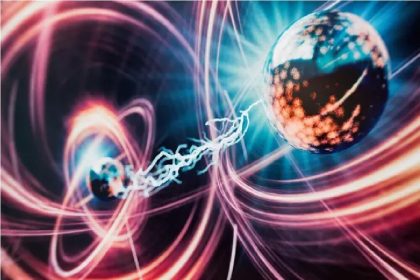It is time to take a breath. The asteroid that once had the greatest risk of dealing with Earth in history is now zero percent likely to hit our planet. The likelihood of the 2024 YR4 asteroid collided with the new data collected on Sunday, February 6, fell to zero.
According to RCO News Agency, Discovered in December 2008, the YR4 asteroid quickly climbed to the NASA’s Ranges Watching system table, and at one point the likelihood of collision with Earth reached 1 to 1. This made it to Level 3 on the Torino scale. A scale used since year 4 to classify potential events of collision.
According to Space, Level Three, which falls on the yellow strip of the Torino scale, is described as follows: a close confrontation, which deserves the attention of astronomers. Current calculations show the probability of 5 % or more to deal with topical destruction.
Richard Binzel, a professor at the Massachusetts Monopoly Planet Technology Institute, says: NASA’s Jet’s propulsion center for the study of near -Earth bodies is now likely to collide YR4 2024 (0.8 %) or 1 in 6,000 per year. List. This indicates a zero collision.
This corresponds to the second part of the description of the three -scale Torino scale, which says: Most likely, the new telescopic observations will lead to re -allocation to Level 1. Public attention and government officials are required if the collision is less than a decade.
Binzel continued: The asteroid of 2024 YR4 has now reached the zero -scale of the Torino -scale, which is a safe level.
Since 2024 YR4 has still been of interest to news agencies around the world, the Space news website has spoken to David Rankin.
From the outset, Rankin predicted that the likelihood of the YR4 2024 collision would initially increase, before it would be drastically reduced. He explained where this uncertainty originates when tracking the path of an asteroid.
“Imagine you have a few feet of wood,” Rankin said. If you move the wood in your hand as much as a fraction of centimeters, you will hardly notice a movement on the other side. Now imagine that wood is millions of miles long. Moving your hand as much as a fraction of centimeters will make dramatic changes on the other side.
This move is similar to uncertainty in asteroid positioning measures that stem from small scheduling errors and minor position errors. By gathering more observations, these uncertainties begin to disappear. However, the asteroid 2024 YR4 is likely to get out of public attention.
Although the 2024 YR4 does not pose any threat, it will still have a huge scientific impact on Earth again in year 2.
While the general public can sleep easily by knowing that 2024 YR4 does not hit the earth and does not cause devastation in the city, scientists will enjoy this opportunity to carefully study this space stone.
The end of the message
(tagstotranslate) asteroid collision with Earth (T) asteroid murderer
RCO NEWS
















